Ethnobotany: The Renaissance of Traditional Herbal Medicine
Synopsis
These “ useful” plants include many types of vegetation, including the herbaceous flowering plant that come especially to mind when we think of herbs (such as parsley, basil, or thyme) as well as non-herbaceous trees and shrubs, vines, ferns, mosses, and other plant groups. The useful herbs include plants whose life cycles are annual (such as anise and basil), biennial(parsley, angelica, and clary gage), and perennial, including bay, lavender, lemon balm, thyme, yarrow, and many others, Specific herbs may be valued for their leaves ( such as basil, bay, thyme), flowers (chamomile), seeds (dill, fennel), setems) angelica, chives), or underground parts (garlic, chicory)., The notion of herbs as flavoring agents generally excludes those plants commonly known as vegetables, which are foods in and of them seleves; that is, vegetables provide the substance, and herbs the seasoning.
Read more
52.20
46.98
$
58.00 $
Free delivery Wolrdwidе in 10-18 days
Ships in 1-2 days from New Delhi
Membership for 1 Year $35.00
Get it now and save 10%
Get it now and save 10%
BECOME A MEMBER
Similar items
-
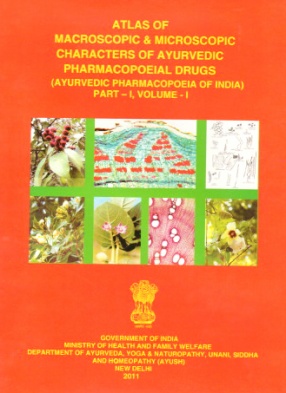
Atlas of Macroscopic & Microscopic Characters of Ayurvedic Pharmacopoeial Drugs: Ayurvedic Pharmacopoeia of India, Part-I, Volume I
-
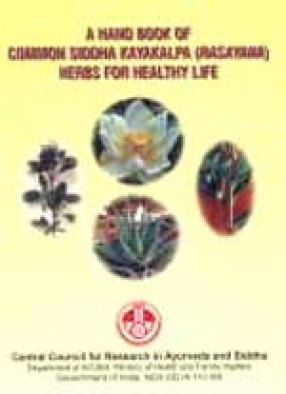
A Hand Book of Common Siddha Kayakalpa (Rasayana) Herbs for Healthy Life
-
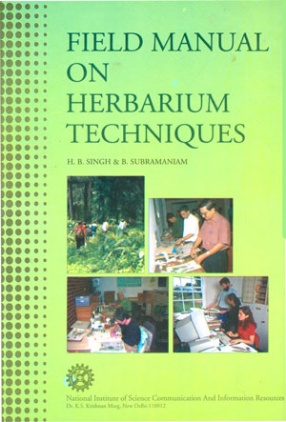
Field Manual on Herbarium Techniques
-
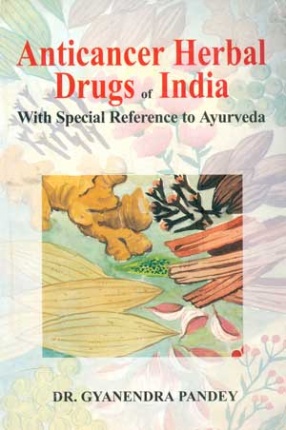
Anticancer Herbal Drugs of India: With Special Reference to Ayurveda

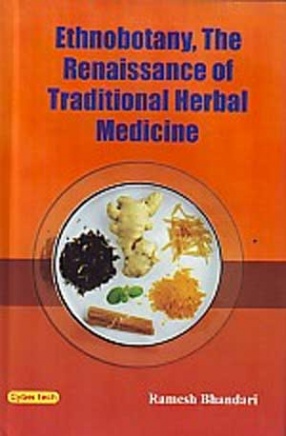

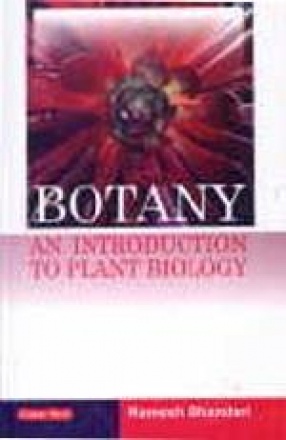
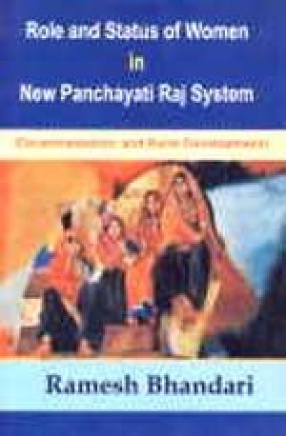
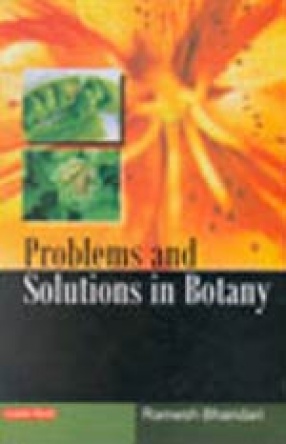

Bibliographic information